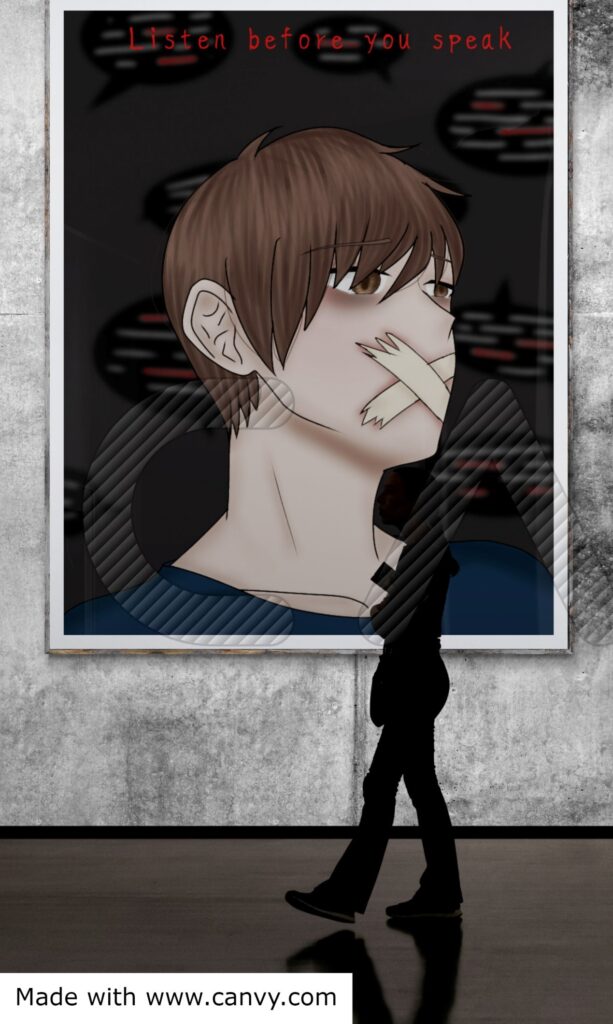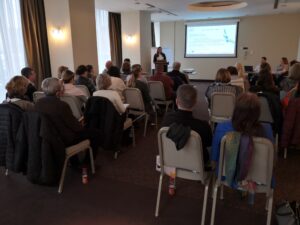The extended use of digital media brought modern communication ethics to become a field of significant concern, because phenomena like the alarming amplification of online hate speech hinder inclusion, freedom of speech and digital citizenship. Hate speech has raised a discussion on a global scale, especially since the evolution of the internet has transformed human interaction on many levels. Nowadays, it’s easy as the hit of a few buttons to spread hate speech on a great number of online platforms.
In search of efficient ways to combat hate speech, several initiatives worked towards strengthening the legal framework and supporting human rights. Soever, experts say that hate, as an emotion, is not an efficient response to ideological hate speech. Instead, it is suggested that tools which hate speakers cannot use may undermine their credibility. In the light of recent research, the arts have the potential to provide a more positive means of communication.
With recognition to art education, the Council of Europe (2018) introduced creative ways, such as participatory theatre, storytelling, pictures, and videos, in which young people can counter hate speech in different contexts in order to address different types of hate speech. In an interesting study, Tuula Jääskeläinen at the University of the Arts in Helsinki investigated how the use of different arts enhances counter narrative activities. She found that arts education offers a creative and effective way for policy makers and practitioners to combat hate speech as they try to balance between respect for human dignity on the one hand, and freedom of expression on the other. In line with other scholars, the study concludes that arts and cultural activities can bring many benefits and high value to both individuals and the society.
AmeLiE (Advanced Media Literacy Education to counter online hate-speech) aims to train school communities on how to deal with online hate speech. Within a view of arts education, it is stimulating that teachers and students from the associated schools favoured several forms of arts like drawing, digital design, video, dance, and theatre to express their feelings, ideas and understanding of the concept of online hate speech. With their art productions they created online and onsite campaigns to address the phenomenon.
If you are an educator or interested in the field, subscribe on the project platform https://platform.amelieproject.eu/ and find everything about the creativity in schools’ campaigns to address online hate speech.
Sources
Jääskeläinen T. (2019), Countering hate speech through arts and arts education: Addressing intersections and policy implications, Policy Futures in Education 18(3):344-357.
Amnesty International. (2020). “Silence Hate”: students in Italy use art to create a campaign against online hatred, at https://www.amnesty.org/en/latest/education/2020/04/silence-hate-students-in-italy-use-art-to-create-a-campaign-against-online-hatred/




